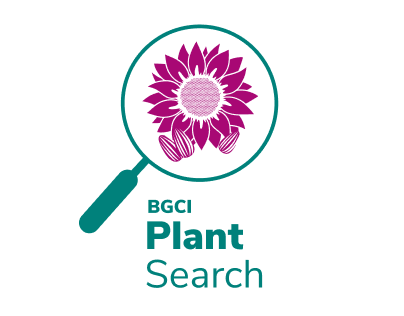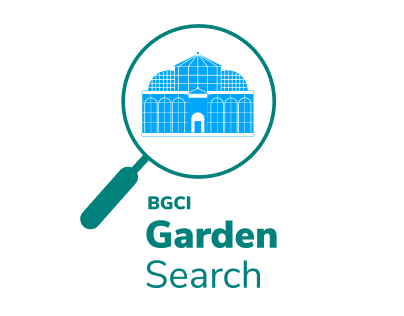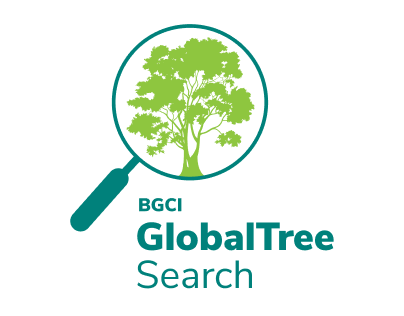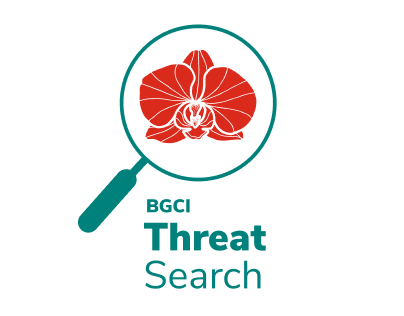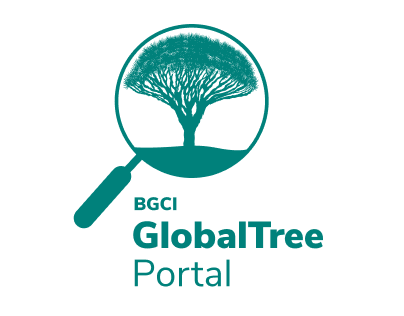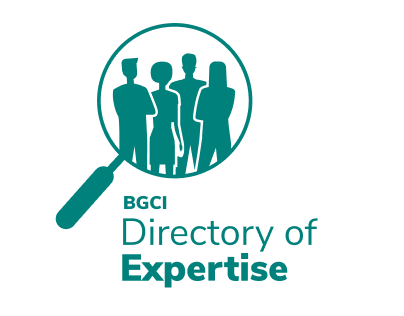Working with Diverse Audiences
- Interpretation
- Working with Diverse Audiences
- Science Communication
- Evaluation and Research
- The Social Role of Botanic Gardens
- Participatory Approaches
- Inquiry-Based Science Education
The term diversity encompasses a wealth of different circumstances, views and cultures. The term ‘cultural diversity’ usually refers to the many and varied individuals and groups that make up society and can include intellectual and physical ability, ethnicity, faith, gender, sexual orientation as well as educational and social backgrounds.
To attract these diverse audiences and to help them make use of and enjoy botanic gardens, thus ensuring that we reach everyone with our messages about plants and their habitats, it is often necessary to challenge real or perceived barriers to access. T
o reach these audiences effectively, botanic gardens require both audience development plans (ADP) and access plans. Recruiting new audiences requires both skill and expertise as well as an understanding of the audiences you wish to engage with. This will often entail using participatory techniques to reach ‘hard to reach’ audiences and also working with management and colleagues to ensure ‘buy-in’. This will then ensure all your audiences feel welcomed, respected and valued as well as giving access to all your services and providing a learning environment suitable for their requirements.
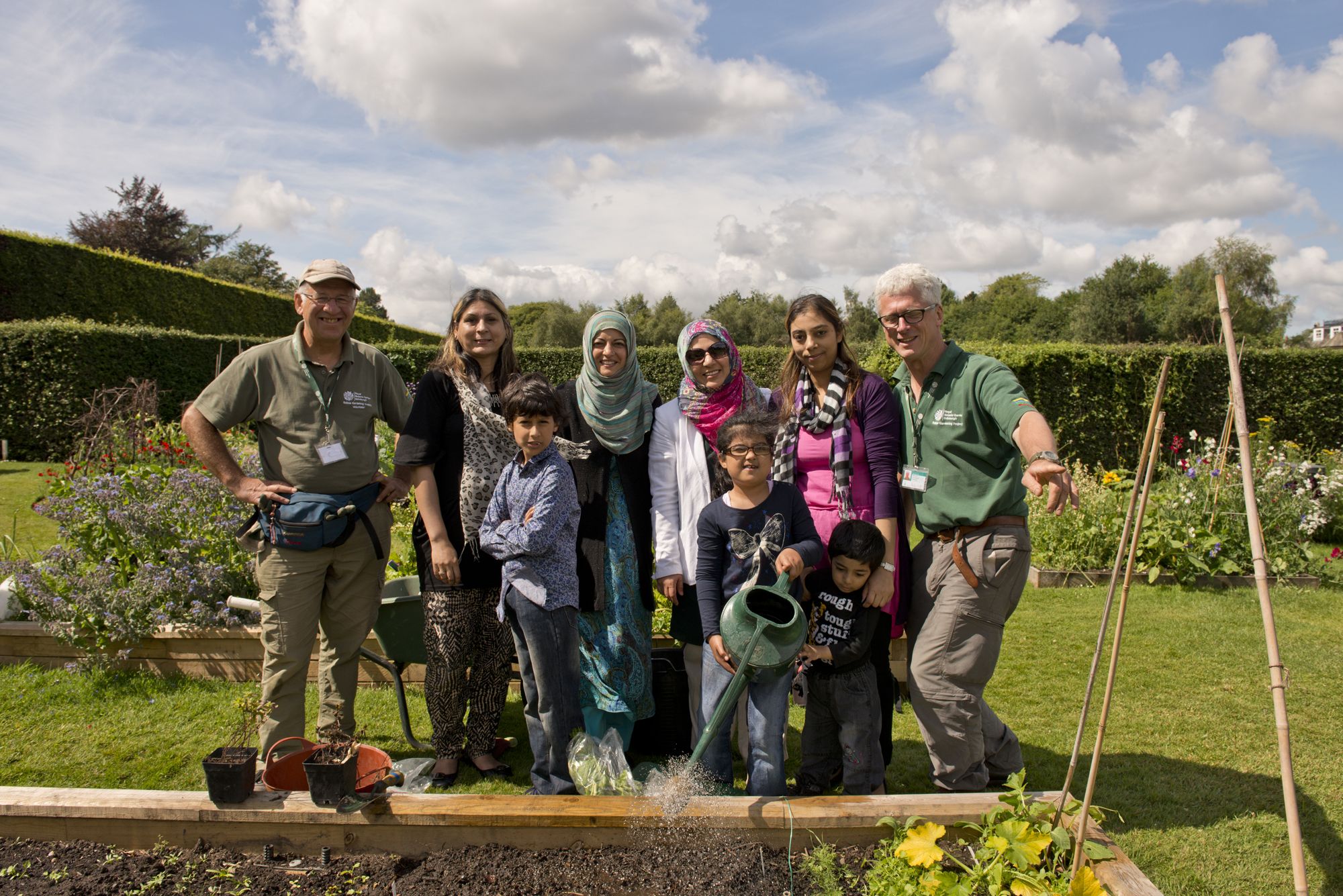
RBGE community group
RBGE community group (Credit - RBGE)
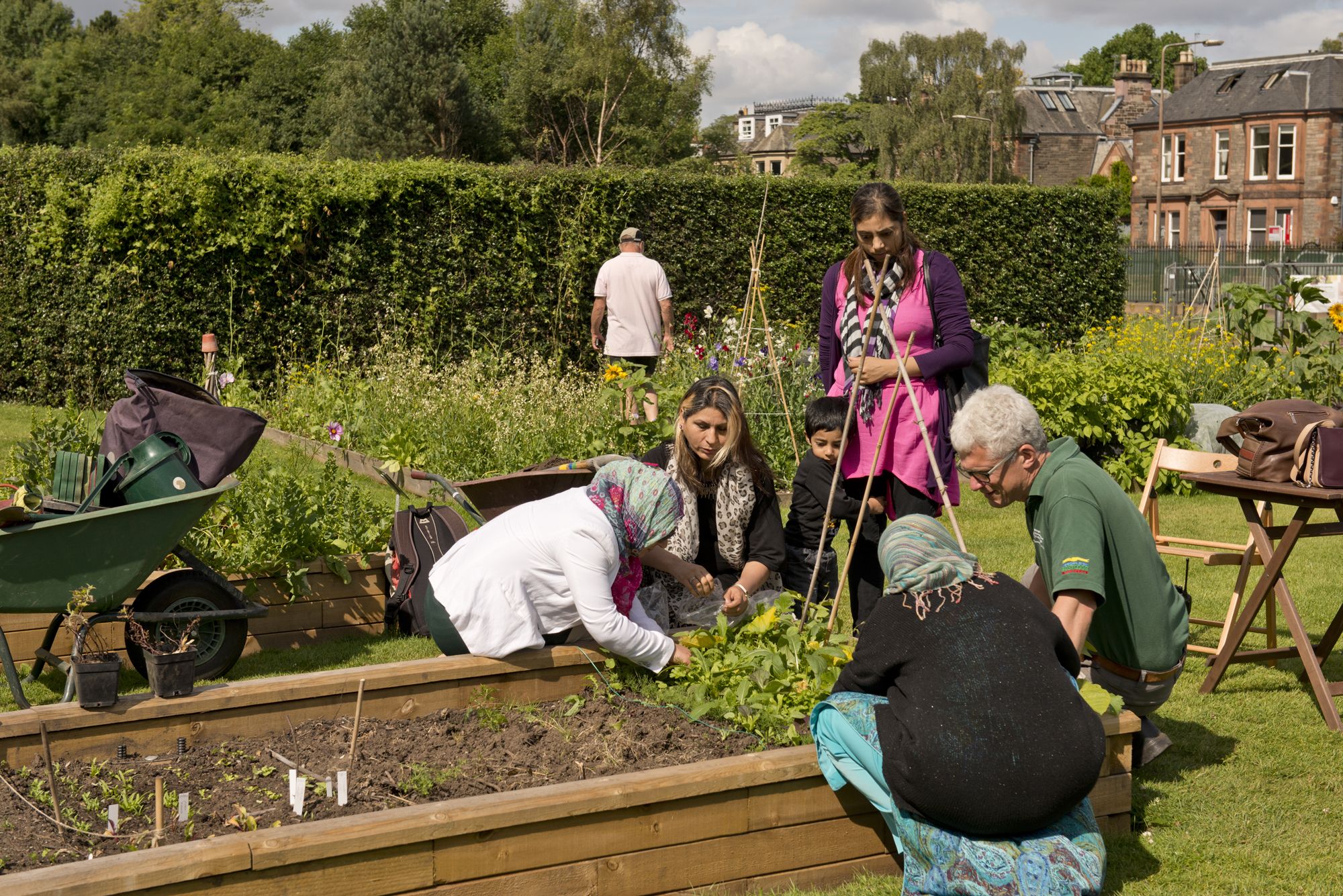
RBGE community group (Credit - RBGE)
RBGE community group (Credit - RBGE)
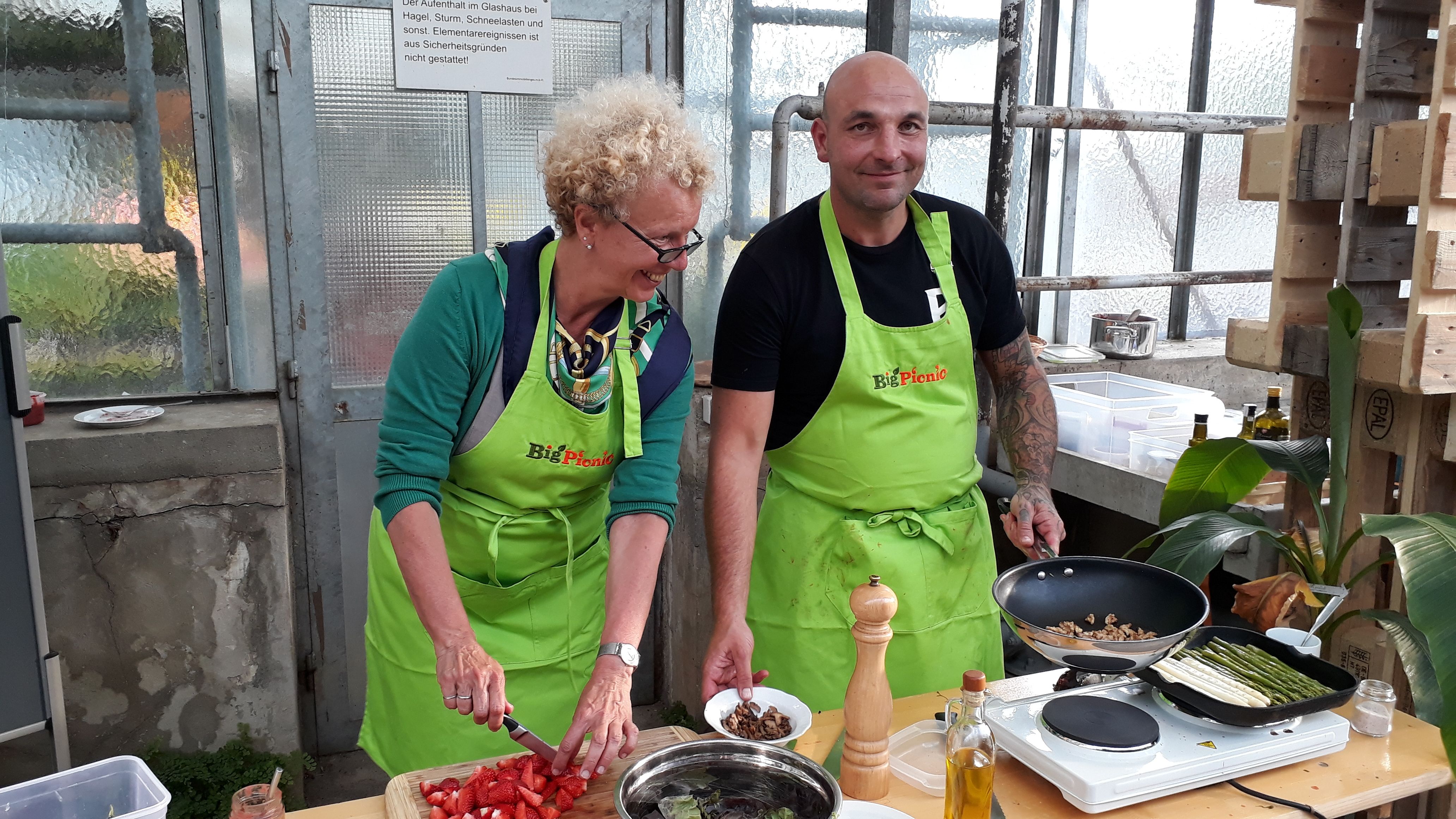
Cooking with co-creators
The University of Vienna Botanic Garden cooking with co-creators (Photo by UNIVIE)
BGCI has been developing resources for supporting those botanic gardens who are hoping to engage with new and diverse audiences or improve access to their services. Resources include the development of an EU funded 12 week blended learning module on ‘Working with Diverse Audiences’ (as part of the LearnToEngage project).
In addition, as part of our Communities in Nature project we have produced a webinar about making your garden more accessible:
Finally a number of BGCI publications have been dedicated to this issue:
Share
